Command Palette
Search for a command to run...
Let Artificial Intelligence Learn Humor, so That human-computer Dialogue Is Not Awkward
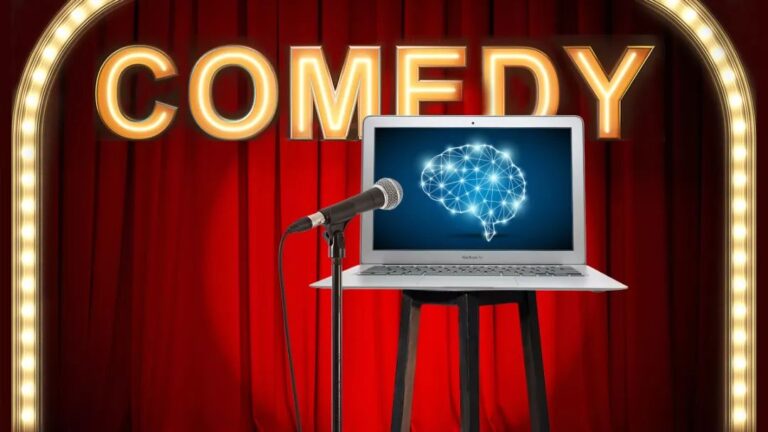
Researchers have been studying how computers can recognize and grasp humor since 1992. Currently, AI can tell some jokes, but they are still based on human resources and are not creative. In the future, whether a voice assistant with a sense of humor can be realized and whether AI can replace comedians remains to be explored.
AI is capable of more and more things, but can it learn humor?
For humans, a sense of humor is a plus point to increase mutual favorability. Moreover, nowadays entertainment has occupied a large part of our lives. If there are no funny emoticons in the chat software, I guess I would be embarrassed to chat with others.

But for AI, can it have a sense of humor like humans when interacting with people?
The fact is, as of now, AI still can’t tell jokes on its own.
Even if Siri and XiaoIce can recite some jokes, we know that they are essentially repeaters rather than interesting thinkers.

So, from the current perspective, comedy performers don’t have to worry about being replaced by AI for the time being.
This makes people wonder,Will "humor and sense of humor" be the last bastion between humans and AI?
Why AI needs to learn humor
Human-computer voice interaction occupies an increasingly large proportion in our lives. However, natural communication between humans and machines lags far behind other aspects.
Because there are many humorous expressions in the human language system, this creates great difficulties for AI to understand and respond to.
But the very aspect of humor is making it a perfect litmus test for computer-human interaction. If a system can recognize a joke, it means it can understand other nuances of text and conversation, such as irony and sarcasm.
To some extent, injecting humor into AI will be a direction for the development of natural language processing.
In other words, teaching AI to experience humor could also teach it to understand the world more.
Imagine a future where AI is able to handle more natural conversations and can clearly tell if you are joking or serious. If you give a command in a sarcastic way, the computer needs to know that it does not need to follow the command.
Some people think thatA sense of humor may be the key to the Turing test and the ultimate test of machine intelligence in the future.Therefore, the study of machine humor is attractive to many computer researchers.
So where is the research on this path?
The long road of AI humor research
As early as 1992, the first "computer model of sense of humor" was proposed..
Julia Rayz, an associate professor of computer science and information technology at Purdue University in the United States, has been engaged in AI research involving humor for 15 years.
Her original intention was to create computers that could be comparable to common conversations between people by determining specific content through computational algorithms, thereby achieving better human-computer interaction.
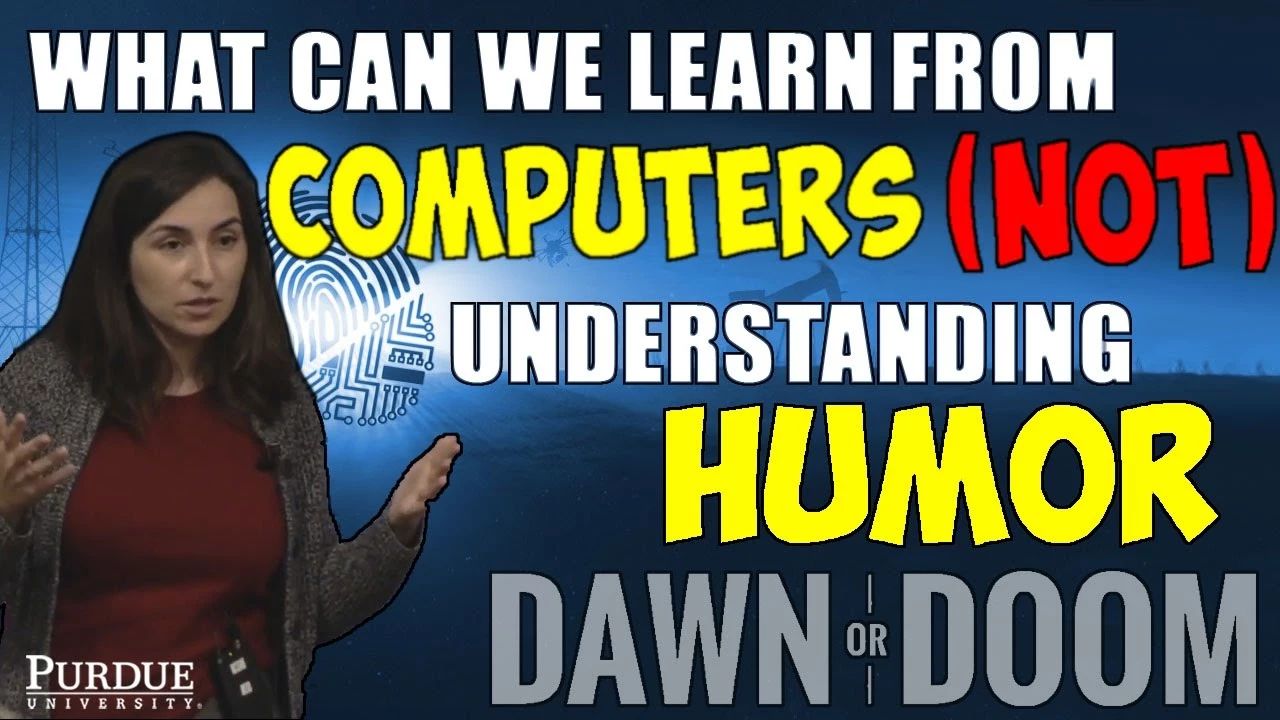
Rayz research seeks to get AI to understand what humor is, by looking at aspects such as delivery, context, and emotion, through the medium of joking. To achieve understanding, the computer also needs to have a lot of background knowledge about the situation the joke is describing.
The research was not limited to computers; experts in linguistics, psychology, sociology and anthropology were also involved. “I’m not trying to teach a computer to tell a joke. I want to use AI to teach a computer to understand why we think something is funny.”
Although there have been some progress in the research, it has not yet enabled AI to accurately distinguish humorous expressions. She recalled giving the computer two sets of different sentences, only one of which was a joke.
The AI model ended up judging some sentences as jokes that weren’t actually jokes. When Rayz asked the AI why it thought it was a joke, its answer was that it only made technical sense.
In early 2018, American researcher Janelle Shane tried to use a database of 43,000 "what if" jokes to train a neural network to be humorous. It seemed that the system had a chance to learn how to be funny.
However, a large number of jokes produced by the trained model barely elicited laughter.Even if AI has the ability to understand complex language structures, it is still a long way from mastering humor in this way.
Recently, a team of researchers from the University of Oxford, Microsoft Research, and TRASH conducted a study investigating humor in word embeddings.
Paper address: https://arxiv.org/pdf/1902.02783.pdf
They decided to test whether AI could understand humor at a word level, since many people would find words like "nincompoop" somewhat funny.
Based on existing research on humor theory, they considered six characteristics of humor: humorous voice, unexpected incongruity, sexual connotations, obscure connotations, insulting words, and colloquialisms.
They then looked at a data set of 4,997 words and recruited native English speakers to rate the words on a humorous level.
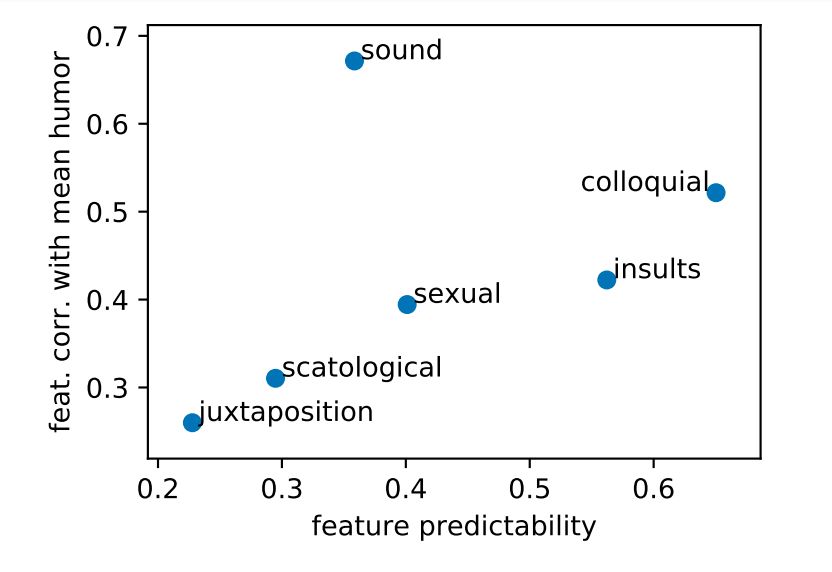
The researchers then investigated how the humor features they initially discovered correlated with humor ratings in their dataset to determine the effectiveness of the theoretical construct in capturing ratings given by humans.
also,They tested the predictability of these ratings using word embeddings, exploring the extent to which AI could understand humor.
They found that the word embeddings effectively captured the various aspects of the humorous words in the dataset. The results further showed thatPeople’s sense of humor can be embedded using some ratings, and the resulting embedding can be used to predict the humor rating of previously unrated words.
Therefore, they believe that although artificial intelligence cannot understand humor in sentences or long texts, it can enhance AI's understanding of humor by embedding the humor level.
The team also categorized the humor ratings of different groups of people, such as "male humor", "female humor", and "elderly humor", in order to train AI to recognize the humor of different groups of people.

"In the age of general AI systems, such as recommender systems or automated assistants, humor may play an important role in facilitating smoother and more seamless interactions between users and automated systems," said researcher Gultchin.
They also think that enhancing AI systems’ understanding of word humor could open up some interesting possibilities, such asSuch as developing tools to help comedians or improve human-machine interaction.
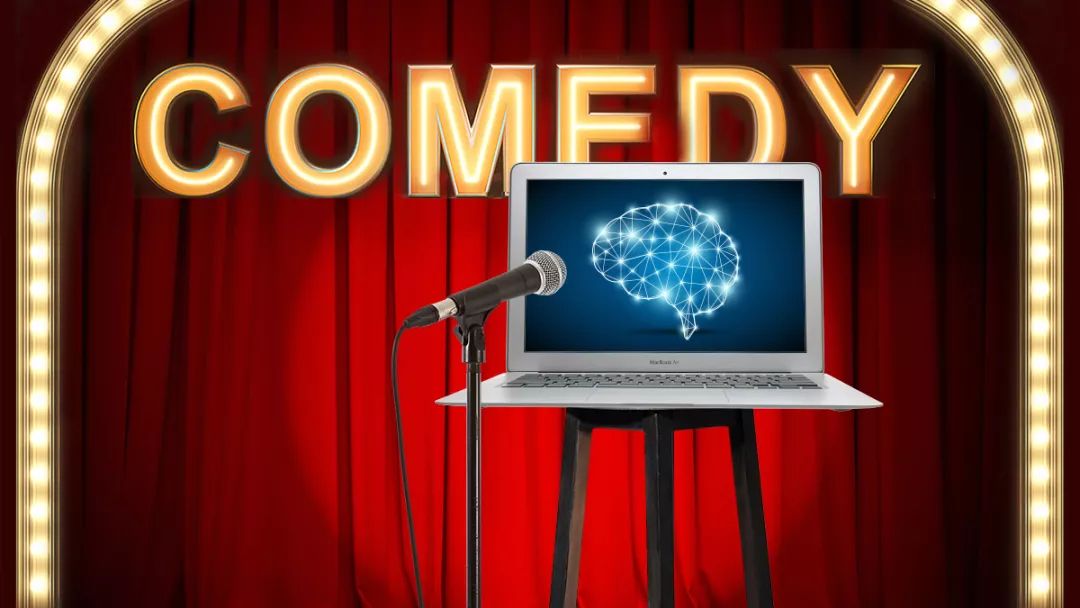
How hard is it to get an AI with a sense of humor?
Why does this seemingly interesting research seem to have no effective progress? In other words, it may still be a long way to go before your voice assistant can become a funny friend.
Will Williams, a machine learning engineer at Speechmatics in Cambridge, UK, said:“To teach AI humor, you need a very good general model, and there is no such model yet.”
Machine learning, deep learning and big data systems all learn to analyze from data. The result is a pattern of making decisions or trends based on the data, and this decision must be logical and clear.
Therefore, AI can be seen as an efficient decision-making machine.It can be used for analytical predictions, but it cannot create new insights beyond patterns and trends in the data.
So when it comes to dealing with emotional issues, things become more difficult. But this is considered to be the core of humor.
One researcher said, "Humor is very dependent on real-world background knowledge and common sense knowledge. The computer has no such real experience to draw on. It only knows what you tell it and what it draws from it."
Also, we lack a framework for humor and fun. The biggest problem with genres like comedy and jokes is how to explain it to the system. It's not a logical end result. Telling the system a bunch of jokes and telling it to find patterns is a dead end.
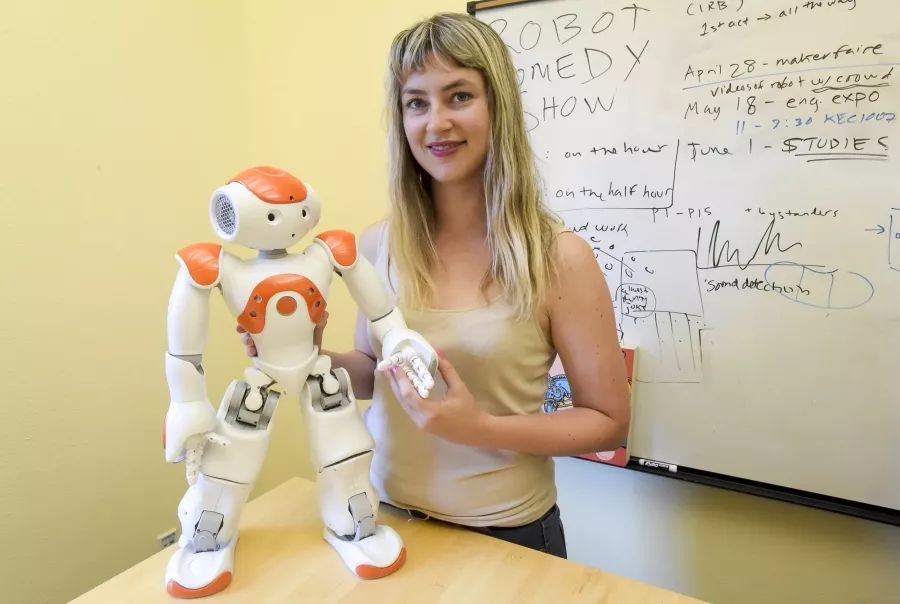
Much of what makes people laugh has to do with subtle factors like context or body language. Sometimes we don’t even know why a joke is funny, and even expert linguists have trouble explaining humor, says Tristan Miller, a computer scientist and linguist at the Technical University of Darmstadt in Germany.
in addition,The audience is also importantWhat is funny to one person may not be funny to someone else, and the same joke told by two people may elicit different reactions.
So how can we teach AI to create funny dialogue if we ourselves don’t understand why a joke is funny?
Is it good or bad for AI to understand humor?
For now, when it comes to language and humor, “there’s still a very clear gap between what machines can do and what humans can do.”
In addition to this aspect, we also need to consider whether AI can distinguish malicious destruction or sarcasm from humor? If it can do so, it will be a major breakthrough in language understanding and creation. But how does AI understand the boundary between them? Moreover, interesting people are not always interesting, but annoying when they are boring. So, who would want an annoying AI when they are in a bad mood?
Nowadays, court cases are brought against AI systems from time to time. What if it was just meant to be sarcastic, but the person took it seriously and caused him harm? That defeats the purpose of creating AI in the first place.
Of course, this will have to wait until AI learns to be humorous. In this case, Xiao Yueyue should not worry about his job being taken away by AI.